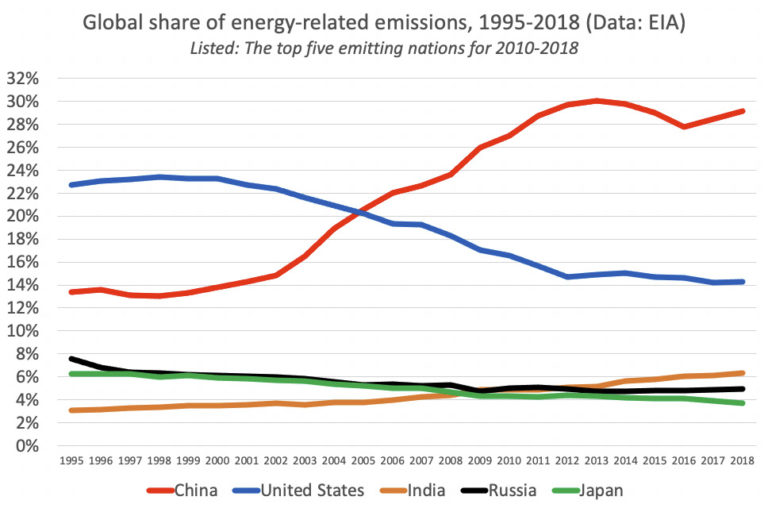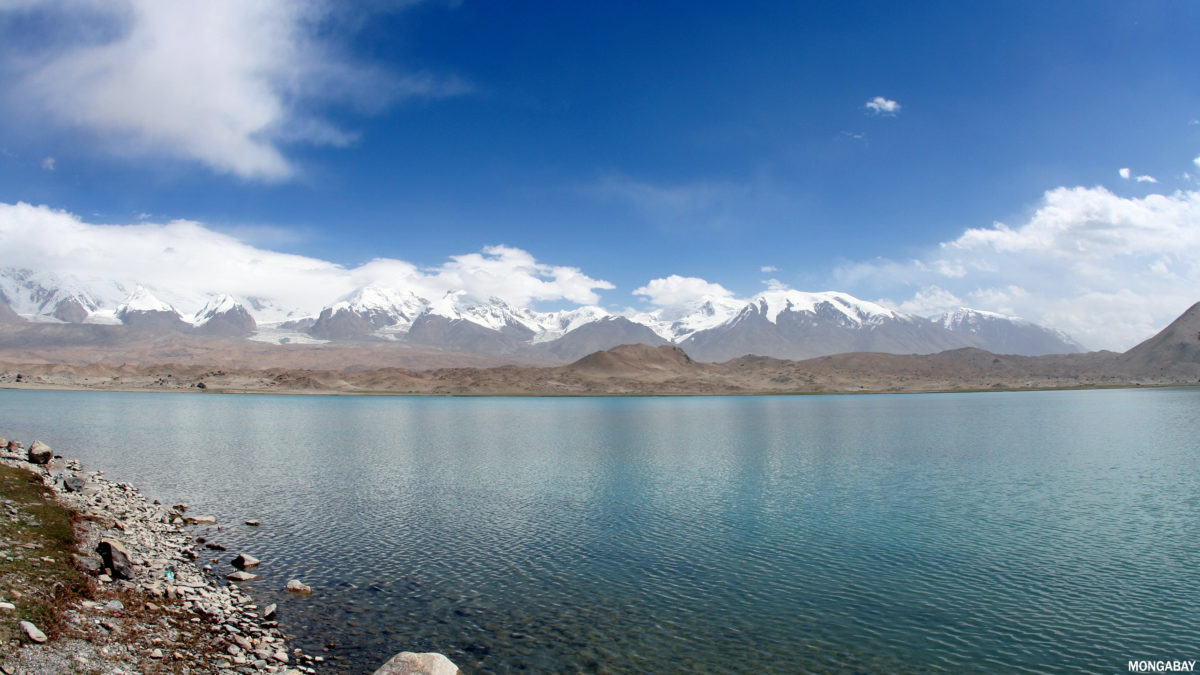China and the United States account for nearly half the world’s carbon dioxide emissions from energy, while the two countries’ resource consumption is among the biggest threats to global biodiversity. These issues make China and the U.S. major targets for environmental activists like Greenpeace, one of the world’s most prominent advocacy organizations.
Despite the difference in political systems between China and the U.S., Li Shuo, Senior Climate and Energy Policy Officer at Greenpeace China, says the approach Greenpeace uses in China “is actually not too different from elsewhere.”
“It is an art and craft to build trust, and trust is the most essential ingredient in our business – it is what brings the other side closer to you, a state that even if others disagree they respect where you come from,” Li Shuo told Mongabay during a recent interview.

Similarly, Li Shuo says that both countries seem to be lagging behind on their climate commitments.
“The U.S. and China are rhetorically both for climate action, but my concern is what they are doing in practice is still a far cry from what’s needed to keep 1.5C in sight,” he said. “The U.S. wants to cut 50-52% emissions by 2030. China wants to achieve carbon neutrality before 2060. But neither side has so far put concrete policies behind these goals. The climate will not be fooled by big targets if they remain only on paper.”
“There is no climate solution without the G2 rolling towards the same direction,” Li Shuo continued. “The U.S. can do all it can to reduce emissions. It won’t solve the problem as long as China doesn’t comply, and vice versa.”

Another near-term opportunity for China and the U.S. to collaborate on a pressing environmental challenge is the upcoming U.N. Conventional on Biological Diversity (CBD). The event, originally scheduled for October 2020, has now been split into two parts: an online “high level” session in October and a face-to-face conference meeting in spring 2022 in Kunming. The CBD aims to set the post-2020 biodiversity framework, a little more than a decade after the CBD met in Japan to establish the Aichi Biodiversity Targets, which today are mostly viewed as having failed to slow the global extinction crisis.
Li Shuo says that like previous climate accords, “the CBD has been good at setting aspirations but weak on implementation.”
“The key thing to watch is whether Kunming will make any difference on implementation and resource mobilization,” Li Shuo said. “It risks becoming Aichi 2.0 if it doesn’t.”
“There is little sign of Kunming tackling the harder question of ‘how to get there.’ If this does not change in the next few months, Kunming will unfortunately become another stop on the long journey of CBD’s systematic weakening.”
Li Shuo spoke about these issues and more during an August 2021 exchange with Mongabay.

